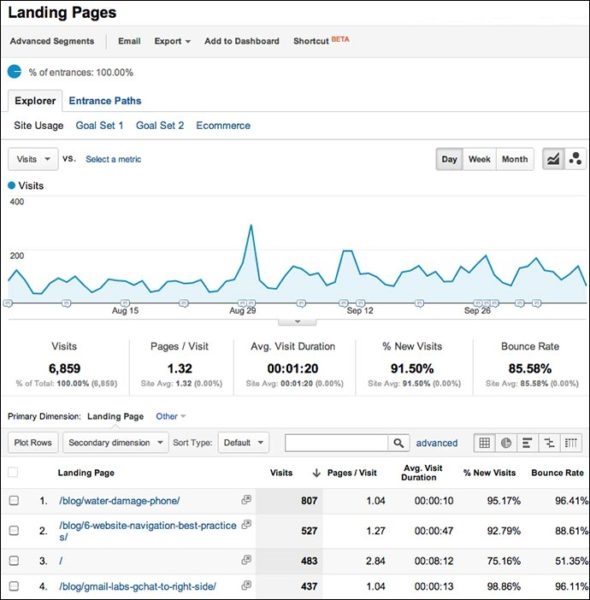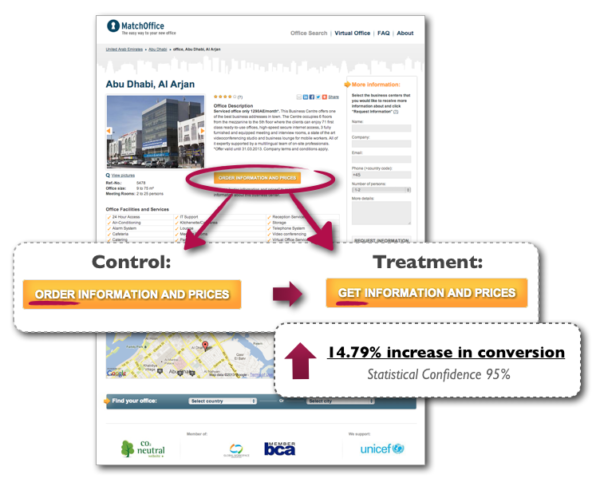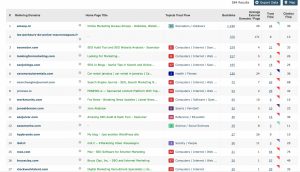If you own a website, you know how important your landing page is to boost conversions. An optimized landing page can increase email signups, improve user engagement, capture leads, and much more. When you utilize A/B testing, you boost your marketing efforts even further.
A/B testing is the most used method of conversion rate optimization. It compares two different components of your landing page against each other to see which one produces better results. This helps you improve your previously implemented tactics so you can apply them to your upcoming campaigns.
Too often, businesses create a landing page and expect the conversions to come piling in, but this method is unrealistic and rarely brings the results they expect. A landing page you create and then ignore is more likely to spike your bounce rate and lessen your click-through rate.
Split testing your website is essential if you’re going to see a bump in your conversion optimization rate. Only by testing what elements work and which don’t will you be able to create a fully optimized website that pulls in visitors and convinces them to take action and become loyal subscribers.
Here are a few helpful tips on how to better A/B test your landing pages so you see a spike in your conversion rate.
Understand user behavior
Before you can dive into A/B testing every element of your website, you need to examine users’ behavior to find out what needs helps with conversions. If you go into it blindly, you’ll likely test things that need less attention while ignoring those that actually need help with engagement.
It’s essential to routinely monitor your site’s analytics so you’re always aware of how it’s performing, what’s working well, and what needs to change. That’s the first step in deciphering what to A/B test.

Do users actively engage with all areas of your website? Where does engagement lack? Are they abandoning your contact form? How far down do they scroll? What percentage clicks on your CTA? What’s the average bounce rate? All of these factors will take you to the next step which is to determine which elements you’ll have to test.
Test the most pressing elements first
Once you’ve gone over your analytics, it’s time to pick a list of elements you want to test so you can optimize your landing page and improve your lead generation. This step should be relatively easy once you have the data in front of you and you can make an informed decision.
There are several elements you can, and should, A/B test on your landing page:
- Headlines
- CTAs
- Product descriptions
- Lead magnet
- Images
- Layout
- Color palettes
Each one of these components affects how well or poorly your website performs and thus how your business performs, so it’s important to take all of them into careful consideration when picking which ones to test.
Test one component at a time
Some marketers make the mistake of testing several different landing page components at once and this is a huge mistake. The last thing you want to do is test your CTAs, headlines, and images at the same time. You’ll notice changes in your conversion rate and other metrics once you do, but you won’t be able to pinpoint what caused those changes. Was it the CTA, headline, or image? There will be no way to tell when you do everything at once.
MatchOffice tested their CTA button copy and saw an almost 15 percent increase from that alone:

Changing one word in your copy can make all the difference in your conversions. That’s exactly why you don’t want to test multiple things at a time.
Always test one component at a time. Focus first on the element you think needs the most work or is getting the least amount of attention and causing a high bounce rate. This will allow you to fix your biggest problem and you can work your way down to other factors.
Wrapping up
Your landing page is an element of your website that will either make or break your conversion rate. If not optimized properly, you won’t see the conversions and engagement you’re looking for and won’t be able to reach your business goals as fast as you could. By implementing A/B testing, you eliminate the guesswork and figure out exactly what causes users to stay or leave. This allows you to come up with ways to optimize your landing page so that users get the most out of their stay and turn into loyal customers. How will you A/B test your landing page?
Digital & Social Articles on Business 2 Community
(57)




